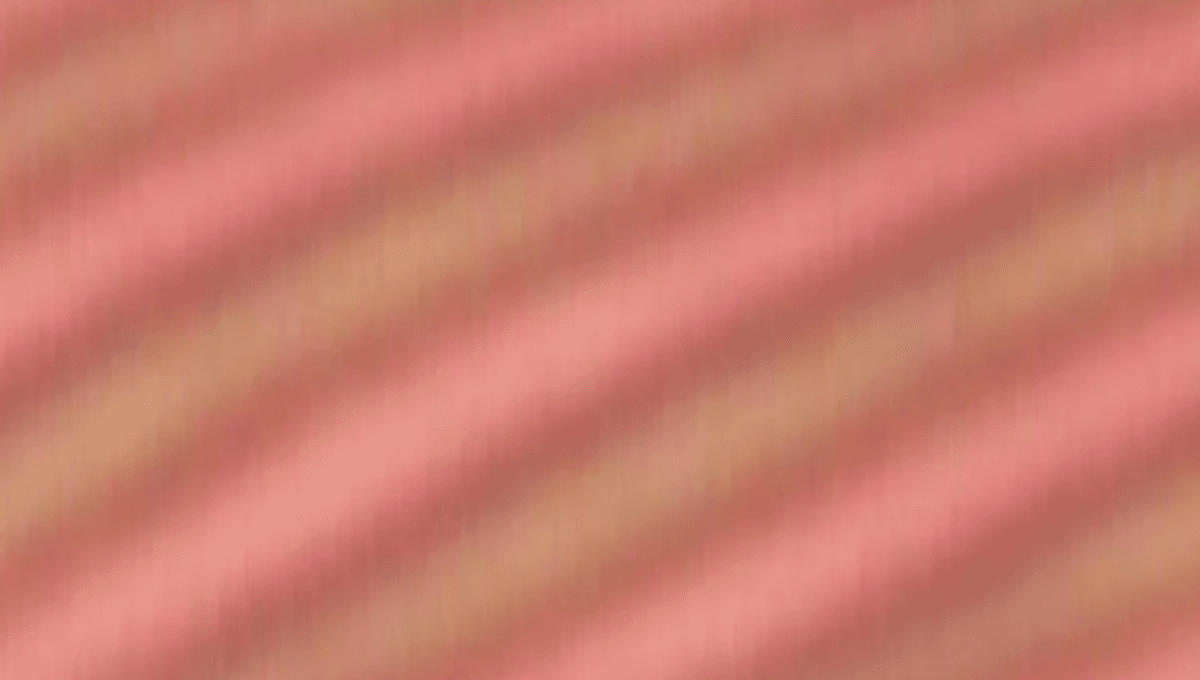
Glass cells filled with liquid crystals respond to light to make the first time crystals visible to the naked eye, even if you’d still get a better view using magnification. Previous time crystals have mostly been curiosities, but the makers claim these could be used to store data more efficiently or make almost unforgeable watermarks.
Despite the science fiction-sounding name, time crystals will not transport you back to your favorite era. Instead, they get their name because where ordinary crystals have a repetitive pattern in space, time crystals’ patterns reoccur over time. Imagine a crystalline form of any cyclic object, such as a pendulum that regularly returns to the same location, but more complex, like the hands of a clock.
Time crystals have become the subject of much research over the last few years, but you wouldn’t necessarily know from all the fuss how tiny previous examples have been. University of Colorado Boulder graduate student Hanqing Zhao has changed that with a new approach. The ones he has helped make “can be observed directly under a microscope and even, under special conditions, by the naked eye,” Zhao said in a statement.
Liquid crystals have become ubiquitous in providing smartphones’ displays, so a stripey set that move under the influence of light might not seem that remarkable. However, the makers compare the way they maintain regular movement for hours to an endlessly spinning clock. “Everything is born out of nothing,” said Professor Ivan Smalyukh. “All you do is shine a light, and this whole world of time crystals emerges.”
The concept of time crystals was only proposed in 2012, by Nobel prize winner Frank Wilczek. Wilczek’s vision has been determined to be impossible in its pure form, but approximations have created great excitement. We’ve even found them once in a child’s toy.
Zhao and Smalyukh used the fact that the molecules that make up liquid crystals form twists or kinks when squeezed appropriately, which can then behave like individual atoms, creating time crystals on a vastly increased scale. “You have these twists, and you can’t easily remove them,” Smalyukh said. “They behave like particles and start interacting with each other.”
The authors dissolved liquid crystals in toluene, and placed them between glass they had coated with dye. When exposed to blue light, the dye molecules rearranged themselves so they squeezed the liquid crystals, creating a multitude of kinks, which then started to interact with each other. The light didn’t even need to be a laser, just linearly polarized.
It’s one thing for patterns to repeat in time in a relatively simple way, like waves rolling over the deep ocean; what the authors witnessed was something else. They compare the kinks’ behavior to a regency dance, where pairs form, break apart, perambulate past other partners, and reunite over and over again. Indeed, so committed are the kinks to their matches they’re hard to break even when the scientists tried by changing the temperature.
“That’s the beauty of this time crystal,” Smalyukh said. “You just create some conditions that aren’t that special. You shine a light, and the whole thing happens.”
The authors call their work the first space-time crystals that humans can see, although others claim to have got there first.
Among the suggestions for how their technology could be used the pair propose preventing the counterfeiting of currency, where the right light could reveal a distinctive moving pattern. They’re probably in a race against the abolition of physical notes in that regard, but demand will only grow for their ideas on how to use their creation to improve information transmission over fiber-optic cables.
“We don’t want to put a limit on the applications right now,” Smalyukh said. “I think there are opportunities to push this technology in all sorts of directions.”
The study is published open access in Nature Materials.
Source Link: First Visible Time Crystals Ever Made Have Astonishing Complexity And Practical Potential